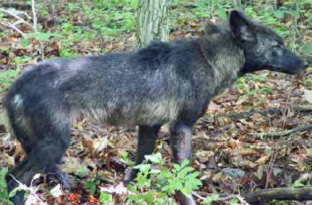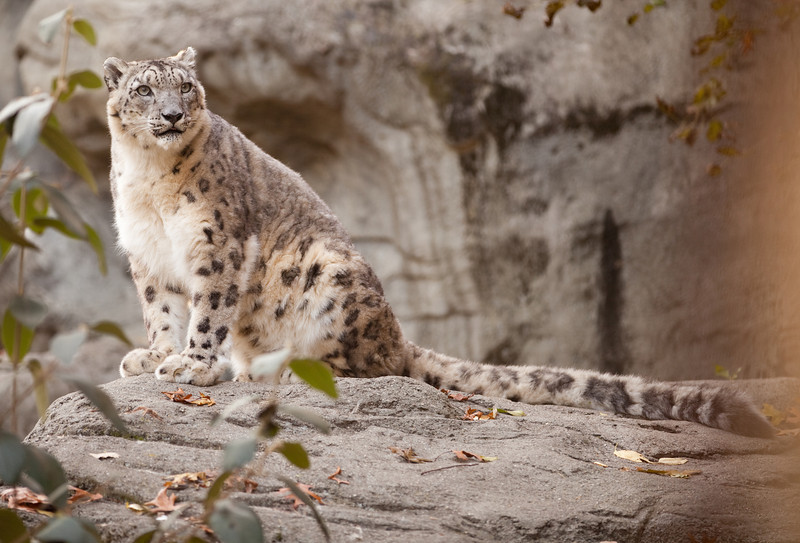Andrew
Active member
Coyote is really the only wild critter I fear here in New England. Black bear don't bother me much and I enjoy and look forward to chasing them off as part of my job.
Once in the early 90's I was repeatedly charged by a coyote as I was just trying to skirt a rocky hill top in Tunbridge VT. I had a German Shepard dog with me, and my guess was the coyote was defending a den. I wish I could remeber the title, but one of the first books about the eastern coyote actually featured the sheep farm that was on the other side of the hill I was skirting. Many sheep carcass abounded in their pastures. The coyotes used to come down to my house quite often to try to get to my sheep and cats, and they seemed very skilled at avoiding my shotgun. They ran the gamut from resplendant wolf-like animals, to scraggly western-like coyotes from that early genetic mixing.
There used to be a healthy pack that roamed certain areas of a mountain in Jaffrey NH, but they seemed to have thinned out before I left the area. It always creeped me out when I had to go out on a late night call to go alone searching deep into the woods and would hear the yips and howls.
Once in the early 90's I was repeatedly charged by a coyote as I was just trying to skirt a rocky hill top in Tunbridge VT. I had a German Shepard dog with me, and my guess was the coyote was defending a den. I wish I could remeber the title, but one of the first books about the eastern coyote actually featured the sheep farm that was on the other side of the hill I was skirting. Many sheep carcass abounded in their pastures. The coyotes used to come down to my house quite often to try to get to my sheep and cats, and they seemed very skilled at avoiding my shotgun. They ran the gamut from resplendant wolf-like animals, to scraggly western-like coyotes from that early genetic mixing.
There used to be a healthy pack that roamed certain areas of a mountain in Jaffrey NH, but they seemed to have thinned out before I left the area. It always creeped me out when I had to go out on a late night call to go alone searching deep into the woods and would hear the yips and howls.



